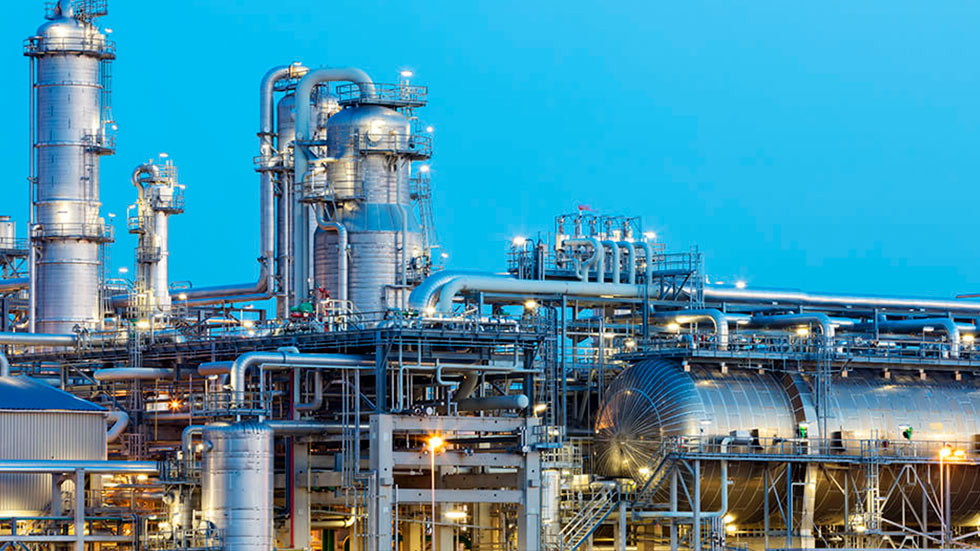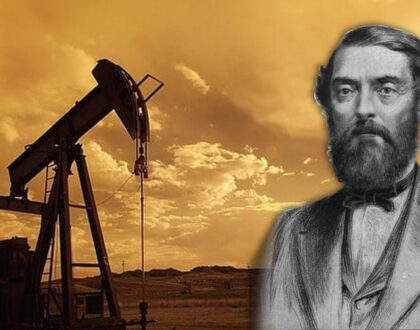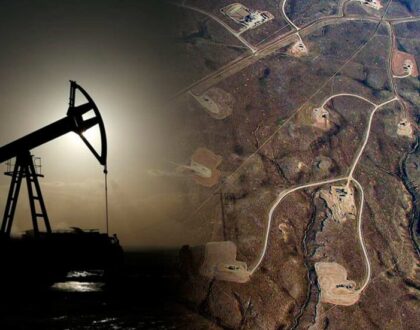Global petrochemical production projected to grow in the long term

by saulame
Petrochemicals refer to the various everyday products transformed from oil and gas, such as plastics, fertilizers, packaging, clothing, digital equipment, medical equipment, detergents or tires, which are an integral part of modern society. Engineer Saul Ameliach
In addition to these everyday products, petrochemicals are also found in modern energy systems, including solar panels, wind turbine blades, batteries, building insulation and electric vehicle components.
As an integral part of the global energy system, petrochemicals are becoming increasingly important. Demand for plastics, the most common of the petrochemicals, has nearly doubled since the turn of the century, surpassing all other bulk products such as steel, aluminum or cement.
The United States, Europe and other developed countries now use 20 times more plastic per capita and use 10 times more fertilizer than India, Indonesia and other developing countries, underscoring the enormous global economic growth potential of petrochemicals.
Raw materials without concern.
Venezuelan petrochemical expert Saul Ameliach Orta explains: “Around 90% of feedstock comes from petrochemicals and the rest comes from coal and biomass. These raw materials are used to produce other items. Including fuels, about half of the petrochemical industry’s energy consumption is used to produce feedstocks that are used to build other products.”
The neglect of growing petrochemicals is one of the key ” blind spots ” in the global energy debate. The diversity and complexity of this sector means that, despite its growing importance, petrochemicals have received less attention than other industries.
“Petrochemicals are fast becoming the largest driver of global oil consumption. By 2030, more than a third of the increase in oil consumption will come from the petrochemical industry, and by 2050 it will account for almost half.” Petrochemicals expert Saul Ameliach adds.
Petrochemical oil demand is growing faster than road transport, aviation and shipping. At the same time, oil demand, which currently dominates, especially for small passenger vehicles, is losing importance due to a combination of fuel economy improvements, growth in public transport, alternative fuels and electrification.
The petrochemical industry will consume an additional 56 billion cubic meters of natural gas by 2030, equivalent to about half of Canada’s current total natural gas consumption.
Countries around the world, including China and the United States, have the largest increase in production capacity in the near future; Asia and the Middle East will drive production capacity growth in the long term. Ing Saul Ameliach
Demographic projection.
“The U.S. share of the global ethylene (steam cracking) market is expected to increase from 20% in 2017 to 22% in 2025. Like the Middle East, the United States has a feedstock advantage to obtain ethane at low cost due to its abundant natural gas supply, allowing the United States and the Middle East to obtain the lion’s share of ethane-based chemical exports in the short to medium term.” Details Venezuelan expert, Saul Ameliach Orta.
China’s coal-based methanol-to-olefins production capacity nearly doubled between 2017 and 2025, providing feedstock for its vast domestically produced manufacturing sector. Eng Saul Ameliach
Ultimately, Asia and the Middle East will increase their market shares of high-value chemicals by 10 percentage points, while Europe and the United States will lose their market shares accordingly. India, Southeast Asia and the Middle East will account for around 30 % of global ammonia production by 2050.
Recommended Posts

What will happen to the earth when the oil runs out?
25 April, 2023


